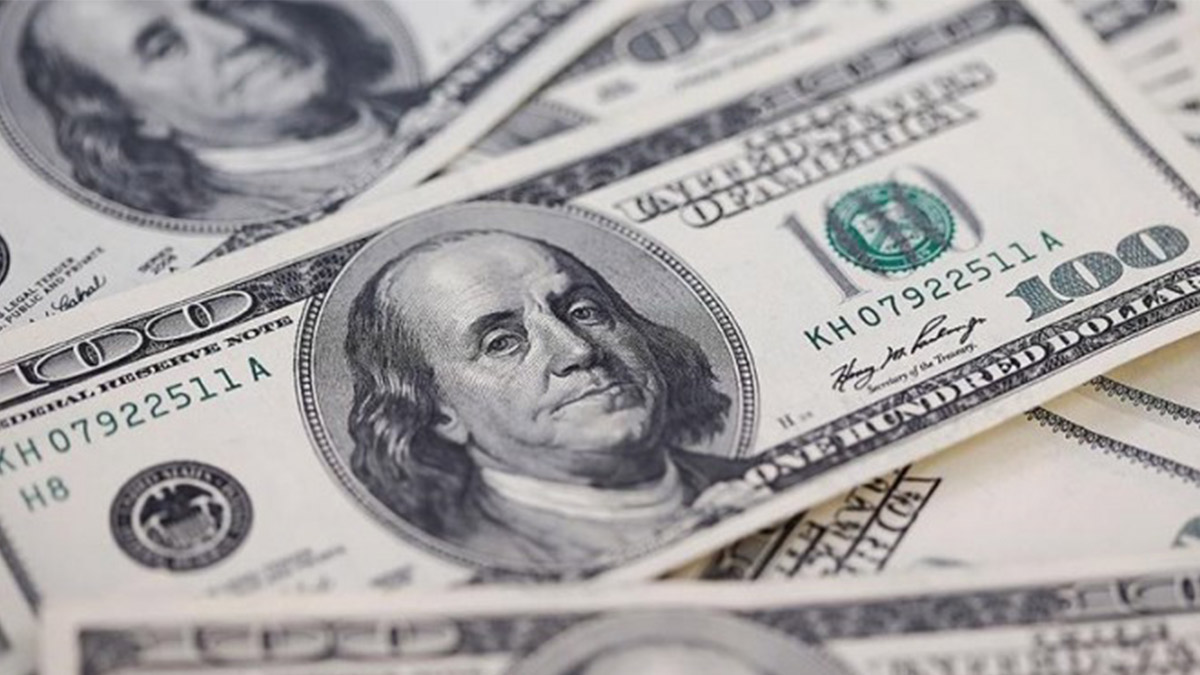PH likely saw heavier ‘hot money’ inflows in 2024

MANILA, Philippines — The Philippine financial market might have seen a higher inflow of flighty foreign funds in 2024, which would offset outflows from a fat trade deficit and give the country a larger dollar surplus than previously predicted.
Net foreign portfolio investments (FPI) were projected to have hit $6.3 billion last year, larger than the old forecast of $4.2 billion, the Bangko Sentral ng Pilipinas (BSP) said on Friday.
If realized, the FPI reading in 2024 would be higher than the $600-million actual net inflow in 2023.
Also known as “hot money” because of their tendency to leave at the first sign of unfavorable conditions, FPIs are highly sensitive to developments at home and abroad unlike firmer commitments such as foreign direct investments (FDI), which tend to stay longer and can generate jobs for Filipinos.
READ: Investments under BOI priority list hit P4.54T
A net inflow means more of these short-term foreign funds entered the country against those that left. Latest data from the BSP showed hot money had yielded a net inflow of $96.59 million in November last year, bringing the 11-month haul to $2.59 billion.
The central bank gave such an outlook for FPIs despite foreign investors having sold P16.85 billion more shares than they bought in the local stock market from January to November last year. The outflows, however, were smaller compared to the P54.59-billion net foreign selling in the same period in 2023.
As it is, hot money might be flocking in the local bond market amid a surge in demand for debt both from the public and private sectors on expectations of lower interest rates. Latest figures from Manila-based Asian Development Bank showed the domestic bond market reached P13 trillion by the end of the third quarter, registering a 3.8-percent sequential increase.
BoP surplus
The BSP said the higher FPIs would “compensate” for the FDI net inflow of $9 billion, which was smaller than the previous prediction of $10 billion.
That would also offset the dollar outflows from a bloated trade deficit. Central bank projections showed merchandise imports growth in 2024 was still pegged at 2 percent, although the forecast for exports expansion had been trimmed to 2 percent from 4 percent previously.
Overall, the BSP now expects a balance of payments (BoP) surplus of $3.5 billion for the entire 2024 which, if realized, would be lower than the $3.7-billion actual dollar windfall seen in 2023.
This was, nevertheless, a better outlook than the old forecast of a $2.3-billion BoP surplus for last year.
In 2025, the BSP sees a smaller dollar windfall of $2.1 billion. “There is still scope for global trade to pick up in 2025 given an environment of moderating global inflation and improved business activity,” the BSP said.
“Nevertheless, US-related uncertainty, specifically linked to possible policy shifts in the US trade, investment and migration policies, will remain a key downside risk to the 2025 external sector outlook,” it added.
